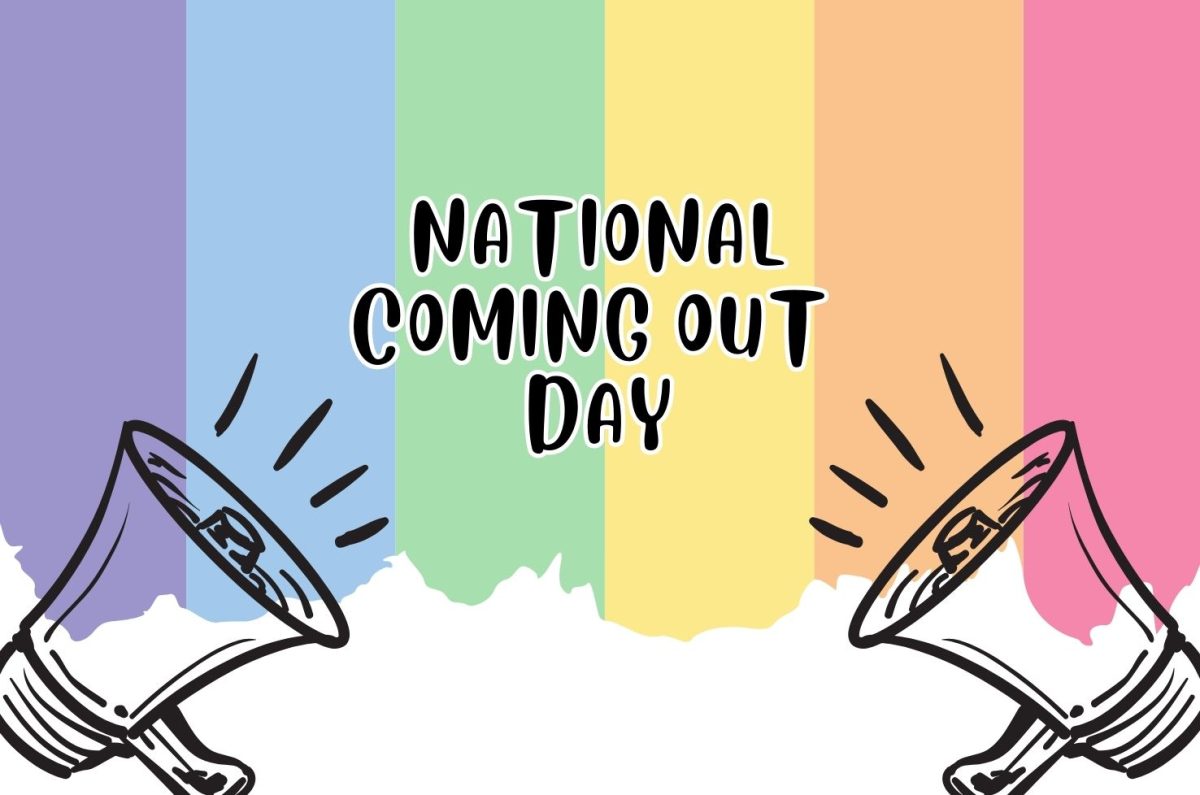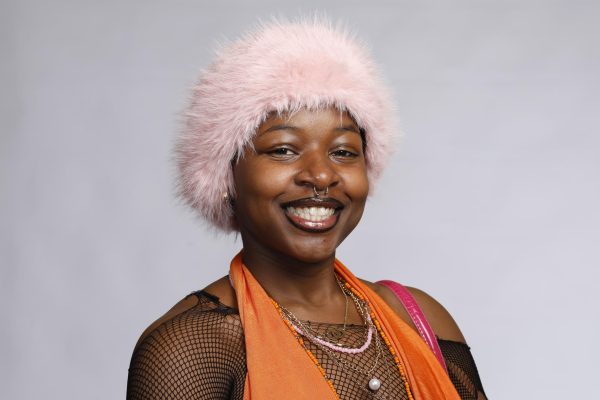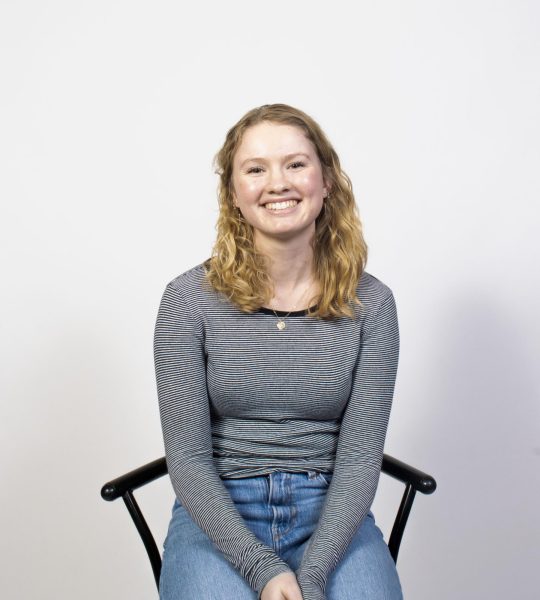The fight for LGBTQIA+ rights is an ongoing battle that is fought every day. Although there have been bumps and hiccups along the road, there have been many notable triumphs in the history of the LGBTQIA+ community.
One significant historical event that is celebrated annually is National Coming Out Day.
On Oct. 11, 1987, according to an article on the Academic Accelerator website discussing the events surrounding that day, roughly 750,000 people joined together in Washington D.C. to advocate for more federal funding for AIDS research and the end of discrimination against homosexuals.
This was known as the Second National March on Washington for Lesbian and Gay Rights.
During the early 1980s, the AIDS epidemic was on the rise and President Ronald Regan had done little to address the issue.
According to the Gender and Sexuality Collections at Georgia State University, Regan didn’t mention the word AIDS publicly until 1985 and hadn’t held a speech regarding the issue until 1987.
Not only that, but according to the News Georgia Encyclopedia in 1986, the Supreme Court approved Georgia’s anti-sodomy law, which meant that there was no constitutional protection for sodomy between two consenting men in a household and states had the right to outlaw its practice.
These two incidents sent the LGBTQIA+ community over the edge and caused the march on Washington’s capital.
The march of 1987 was not the first queer rally held to discuss these issues. According to the New York Times, the First National March on Washington for Lesbian and Gay Rights was held on Oct. 14, 1979.
The second march was so notable because of the massive turnout and the result.
According to Academic Accelerator co-creators of the 1979 march, Steve Oult and Joyce Hunter, used their influence and resources to plan another march starting in 1986. After reaching out to lesbian and gay organizations and receiving positive feedback, the planning began.
Four committee meetings were held to discuss the importance, organization, roles and responsibilities needed for the march. One meeting was held in Nov. 1986, one in Jan. and two in March 1987. The result of these meetings brought about several major demands that served as the platform for the march.
Academic Accelerator claims “The seven main requests were: Legal recognition of lesbian and gay relationships. Repeal all laws criminalizing sodomy between consenting adults. Executive order prohibiting discrimination by the federal government. Congress passes lesbian and gay civil rights bills. Ending discrimination against people with AIDS, AIDS-related complex (ARC), AIDS-related conditions, people living with HIV, and people with suspected AIDS. Significantly increased funding for AIDS education, research, and patient care. Money for AIDS, not war. Reproductive freedom, the right to control one’s own body, and an end to sexist oppression…”
The rally was able to bring attention to these issues and according to an exhibit in the University of Iowa’s Library, the march was able to get groups like ACT UP, the AIDS Coalition to Unleash Power, national media coverage for the first time and allowed people a first-hand look at the impact of aids with the introduction of Cleve Jones’ NAMES Project AIDS Memorial Quilt.
The National Aids Memorial claimed the quilt was composed of 1,920 panels created by the family and friends of 1,920 people who lost their lives to AIDS.
On the anniversary of the march, hundreds of organizers and participants gathered at the capitol once again to celebrate all their hard work and deemed Oct. 11, 1988, the first National Coming Out Day
Here at Eastern, we honor our panthers who are a part of the LGBTQIA+ community and try to provide a safe space for them and their needs.
One of the main resources offered on campus is the Center for Gender and Sexually Diverse.
“The EIU Center for Gender and Sexual Diversity aspires to create an inclusive community by instilling a culture of respect, advocacy, and empowerment towards an open, safe, welcoming and just campus.” read its mission statement, “We provide services such as the Trans*formation Station, a large library full of books and movies, year-round programming, and a comprehensive Safe Zone Training program.”
During Oct., the GSD will be hosting several events to celebrate LGBTQIA+ History Month. The list of these events can be found on their website.
The “Big Day Out” get together was an event thrown by the GSD celebrating National Coming Out Day on Wednesday, Oct. 11 in the Bridge Lounge of the Martin Luther King Union from 12 to 3 p.m.
In honor of National Coming Out Day, several students shared their thoughts and experiences regarding the GDS community and coming out.
Senior interpersonal communication studies major, Lucy Ade identifies as a transgender lesbian and has identified herself with the LGBTQ+ community since her freshman year of college.
“My coming out experience was different than some. I originally came out as Transgender during my sophomore year through Pride meetings, I was not out outside of Pride until later,” said Ade. “I eventually came out publicly outside of Pride, through the Daily Eastern News publication. I was being awarded the DEN Person of the Year Award and I decided that I wanted my name on it so I decided that that was the way I would come out. I was lucky enough to have a large amount of support from EIU administration including President Glassman and Vice President Anne Flaherty.” she said.
Ade believes being a member of the LGBTQIA+ community means being yourself and not letting anyone make that decision for you.
“I think sometimes the community wants to put a lot of labels on everything but honestly, I want to let other’s identity how they like and be who they want to be,” she said.
Freshman English education major Sam Erwin has been a member of the LGBTQIA+ community for a while since identifying as gay in the sixth grade.
“[I] Called my mom and came out over the phone, and because I was going on a trip, I didn’t see her for two weeks, so the information sat with her for a while.” he said, “When I saw her again, she gave me a gift basket for telling her.”
Grad Student Theo Edwards expressed some of the hardships they’ve been through while going down their journey of self-discovery as a non-binary lesbian.
“It wasn’t until recently that I was more open with my family about my pronouns and name change,” said Edwards. “Most of my family has been good about my name change, but not as much with my pronouns. I never had any issues with them not accepting my sexuality, but it’s been a point of tension in terms of being transgender with my mom, which has contributed to me going no contact.”
“I started socially transitioning in middle school, having to sneakily buy a chest binder as my mom didn’t want me to have one,” they said. “My legal name change was in 2022 and I’ve been considering testosterone options. My friends have always been supportive of my entire identity through transitioning and changes.”
Resources for those looking to come out and live as their authentic self can be found here on the Human Rights Campaign website.
Alexis Moore-Jones can be reached at 581-2812 or at admoorejones@eiu.edu.


















![[Thumbnail Edition] Senior Foward Macy McGlone, getsw the ball and gets the point during the first half of the game aginst Western Illinois University,, Eastern Illinois University Lost to Western Illinois University Thursday March 6 20205, 78-75 EIU lost making it the end of their season](https://www.dailyeasternnews.com/wp-content/uploads/2025/03/WBB_OVC_03_O-1-e1743361637111-1200x614.jpg)
















































![[Thumbnail] Eastern's Old Main was quiet Thursday morning while educators who had left the office to strike picketed outside.](https://www.dailyeasternnews.com/wp-content/uploads/2025/04/Strike_01_LT_O-800x1200.jpg)




